Why Celebrate Christmas?
Table of Contents
Why Celebrate Christmas? Christmas History begins with December. Every December millions of people all over the world wait for the twenty-fifth day of the month. They are looking forward to Christmas, one of the most celebrated holidays of the year.
As the day of Christmas gets closer, many children and their families prepare for the holiday. They may write letters to Santa Claus, hoping he will bring them gifts. Children and adults send cards to family and friends. More than 4 billion Christmas cards go through the United States Post Office each year.
At school, children make projects during December, featuring Christmas crafts and ideas. They may participate in holiday assemblies, too. Some children collect clothes or food to give to people who need them. Many schools close for winter vacation during the days between Christmas and New Year’s Day. The day before school ends, children often attend classroom parties. These celebrations may include a gift exchange or a visit from Santa Claus.
Christmas history and customs differ from place to place. They vary from family to family, too. Some people put up a Christmas tree right after Thanksgiving. Other families wait until Christmas is closer-or until Christmas Eve, the night before Christmas. Many families exchange gifts and attend church services on Christmas Eve.
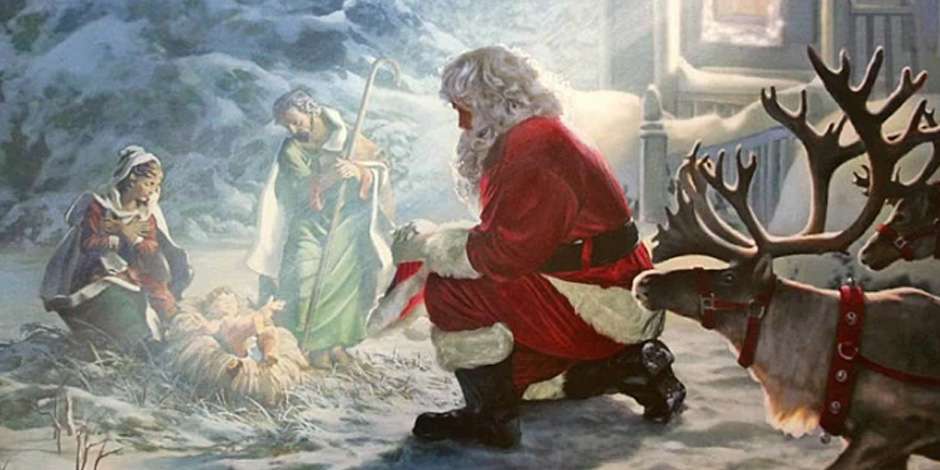
Why Celebrate Christmas? From Pagan Festivals, to Jesus, to St. Nicholas, Among other Notable Icons
Early in Christmas history many pagan peoples use to celebrate Yule and Saturnalia. These holidays, like Yule, were celebrated in the north and Saturnalia was celebrated in the Roman Empire. Both of these festivals pretty much celebrated the return of the sun. During these festivals people would hold feasts and give gifts.
Eventually came the story of Jesus and his birth by peasant people, Mary and Joseph. Mary and Joseph were believed to be called upon by God to give birth to the Messiah, Jesus. Jesus’s birth and story of his birth are recorded in the New Testament which says the birth was brought forth by a great calling from heaven. Jesus would later grow up to be a great preacher and teacher and crucified by the Roman Government. Some believe Jesus to be divine and holy, while others believe he was just historical figure.
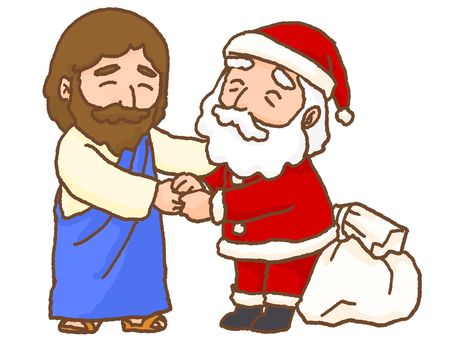
Later on in Roman history, about 200 years after Christ’s story, came a memorable bishop of the Christian religion, called St. Nicholas. Nicholas was a compassionate and generous protector of people who did many good deeds and works. St. Nicholas is actually known as a Saint of Children. Nicholas was said to be a town celebrity and celebrated by his people. Saint Nicholas’s Feast Day is actually in December on the 6th.
About a 1000 years later variations of St. Nicholas appeared all throughout Europe. Father Christmas in England, Sinter Klause in Northern Europe, and other variations. Later Sinter Klause would make his way to the USA from Dutch settlers. He would eventually be Americanized into the figure of Santa Clause that we know today.
Today the jolly figure of Santa Claus brings Joy and happiness to people all over the world – whether atheist or Christian. Santa Claus really brings out the spirit of gift giving and charity in people!
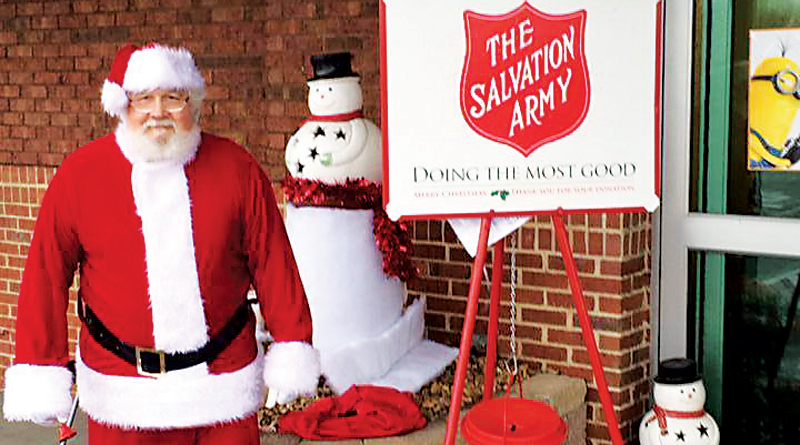
Why Celebrate Christmas? Other Symbols of Joy
Historically Christmas was not as big a holiday as it has always been, in fact the Pilgrim fathers of America abstained from celebrating it on many occasions. During the 19th century, Christmas saw a new birth with the Victorian Era.
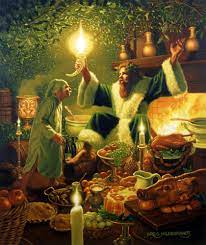
Charles Dickens contributed heavily to the growth of the holiday with his cherished and timeless classic, The Christmas Carol. The Christmas Carol brought about compassion for the needy, joyous Victorian Christmas Celebrations, and the surname of Scrooge who has the branding of an anti-Christmas figure.
The mass commercialization of Christmas has exploded the benefits of Christmas with mass trade, sales, imports and exports. Santa Claus is also a figure of economic success and burgeoned commerce – without Christmas, there would be a significant slowdown in the economy. Almost one trillion dollars is spent every Christmas!
Some other figures and symbols that have helped augment the holiday are Christmas Trees (said to be Martin Luther’s Invention), Candy Canes (A Christian Candymakers invention), Stockings by the Fireplace (which is directly correlated to St. Nicholas who would throw stockings as gifts down people’s fireplaces), Christmas Wreaths as a seasonal symbol. Rudolph, Elves, Nativity Scenes, Snowmen, Lights, Carols – the Christmas symbols can seem almost endless.
Why Celebrate Christmas? A Time for Joy, Peace, Charity, and Compassion
How many days are celebrated with JOY as a defining characteristic? 4th of July, Valentines, Memorial Day, Halloween, Thanksgiving – they just don’t have as much joy as Christmas. Every story and cultural input into the Christmas holiday have some sense of joy to it. Even the early Pagan festivals had a joyous tone to them (partly because these festivals celebrated the return of the sun).

But the Christian Nativity is riddled with comments about Joy, Charity, and Gift Giving. The angels greeted the shepherds with joy, Jesus’s birth is signified with great joy. The three wisemen had a joyful tone with them as they brought Jesus impressive presents. And the concept of Peace on Earth heavily comes from the Christian Story. Jesus was heralded as the prince of peace in the bible. We hear the songs “Silent Night” and “Joy to the World” sung about Christmas because the night of Jesus’s birth was a silent night and a figure to bring joy to the world – whether it was on December 25th or not.
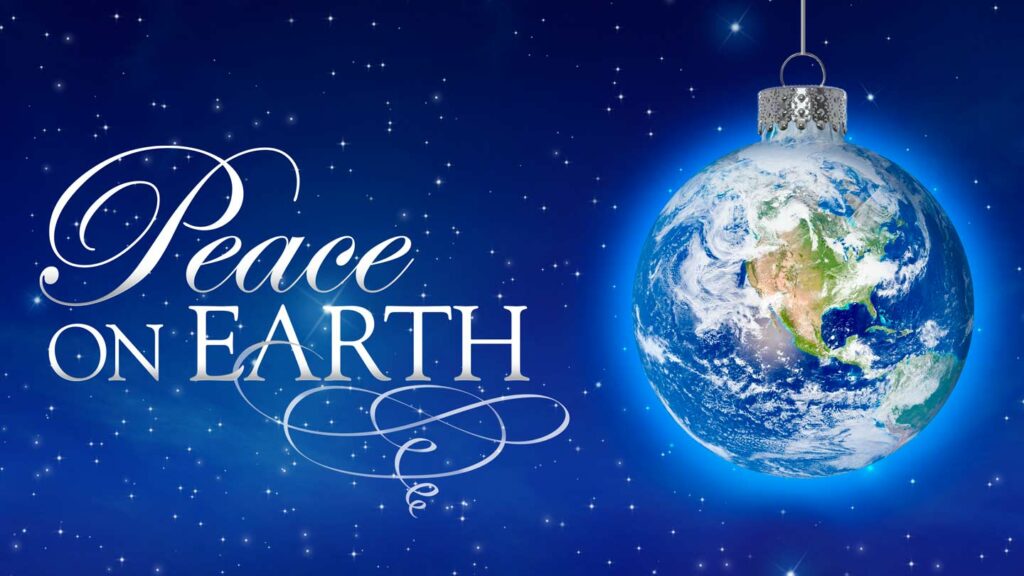
The figure of St. Nicholas and his story are riddled with bringing joy to others, in particular to children. St. Nicholas also gave to the people of his town and to people in need, which has inspired Christmas gift giving today. Santa Claus, as he is known today, also brings great joy and charity to the world. The Salvation army’s number one figure is that of Santa Clause accepting donation to help the poor and needy.
Why Celebrate Christmas? More Stories of Joy, Peace and Compassion from the 19th and 20th Centuries.
Charles Dickens “A Christmas Carol” was a great advertisement for the Joy of Christmas and to help the needy at that time of year. Other notable mentions are “It’s a Wonderful Life” which helps people appreciate life and to show compassion to someone down on their luck (George Bailey). “It’s a Wonderful Life” is an iconic film for America and made Jimmy Stewart an American icon.
There is also the story of the Christmas truce that happened during World War 1. When peace was reached by all sides on this special day. The Germans, English, Irish, Scottish, and French all put down their weapons an sang Christmas Carols, lit a Christmas Tree, Exchanged gifts and food. So nice to have a Silent Night during this horrible war.
There are also other stories of Christmas goodness during World War 2. Not known to most people, during the Battle of the Bulge there was a special story of a wounded American soldier with accompanying soldiers. The American soldiers seek shelter in a cabin in the Ardennes Forest that is being occupied by a German Woman and her son. Soon after German soldiers show up at the cabin seeking shelter as well. The German mother tries to encourage both sides to lay down their weapons and enjoy a Christmas Dinner in Peace. The Nazi Soldiers were planning to kill the Americans. They thereafter choose PEACE on Christmas and enjoyed a good Christmas dinner with the American Soldiers.
Bob hope during the 20th Century was also someone that brought a great deal of hope, joy, and peace to US Soldiers stationed abroad. He continually held specials to entertain and support US Troops. This helped give them moral support, entertainment, and companionship during holiday seasons. Bob Hope was a Santa Claus figure to the US Military.

Why Celebrate Christmas? A Summary
Many people have religious beliefs, and many don’t. Many people must have Jesus as the central figure of Christmas, others don’t. A lot of people choose not to celebrate Christmas at all, and they believe that religion leads to problems in today’s society – holidays and religion are no longer relevant. I believe that Christmas is an important holiday to celebrate because of the reasons that I have laid out in this article.
Joy – Bring joy to someone’s life at Christmas time. Life can be dreary and cold – if Christmas brings some joy to life – it is a good thing. Not to mention all of the Joy that Christmas has brought to these historical moments mentioned above. Jesus’s Joyful Birth, joyful pagan festivals, joy of gift giving by St. Nicholas and Santa Claus.
Peace – Bring peace to the world on Christmas – when we think of all the wars that humans have brought to this world – it almost an endless list of endless destruction and brutality. If Christmas brings a Silent Night and Peace – it is a good thing!
Compassion, Charity, and Giving – We talked about St. Nicholas helping people out and giving them protection. We know about the three wise men coming to visit baby Jesus and shower him with compassionate gifts. Soldiers also put down their weapons during the World War I Truce and exchanged food and gifts with each other. Likewise, World War 2 Soldiers were able to sit down in peace on Christmas. And in Its a Wonderful Life – the community and friends of George Baily chipped in and showed him charity to help him out!
So why celebrate Christmas? I say for the peace, joy, and charity it brings to earth! Have a Merry Christmas!
Why Celebrate Christmas? Consider Visiting Our All-Christmas Website Here, to Learn More About Christmas!
The All Christmas Website – (celebratechristmas.co)


